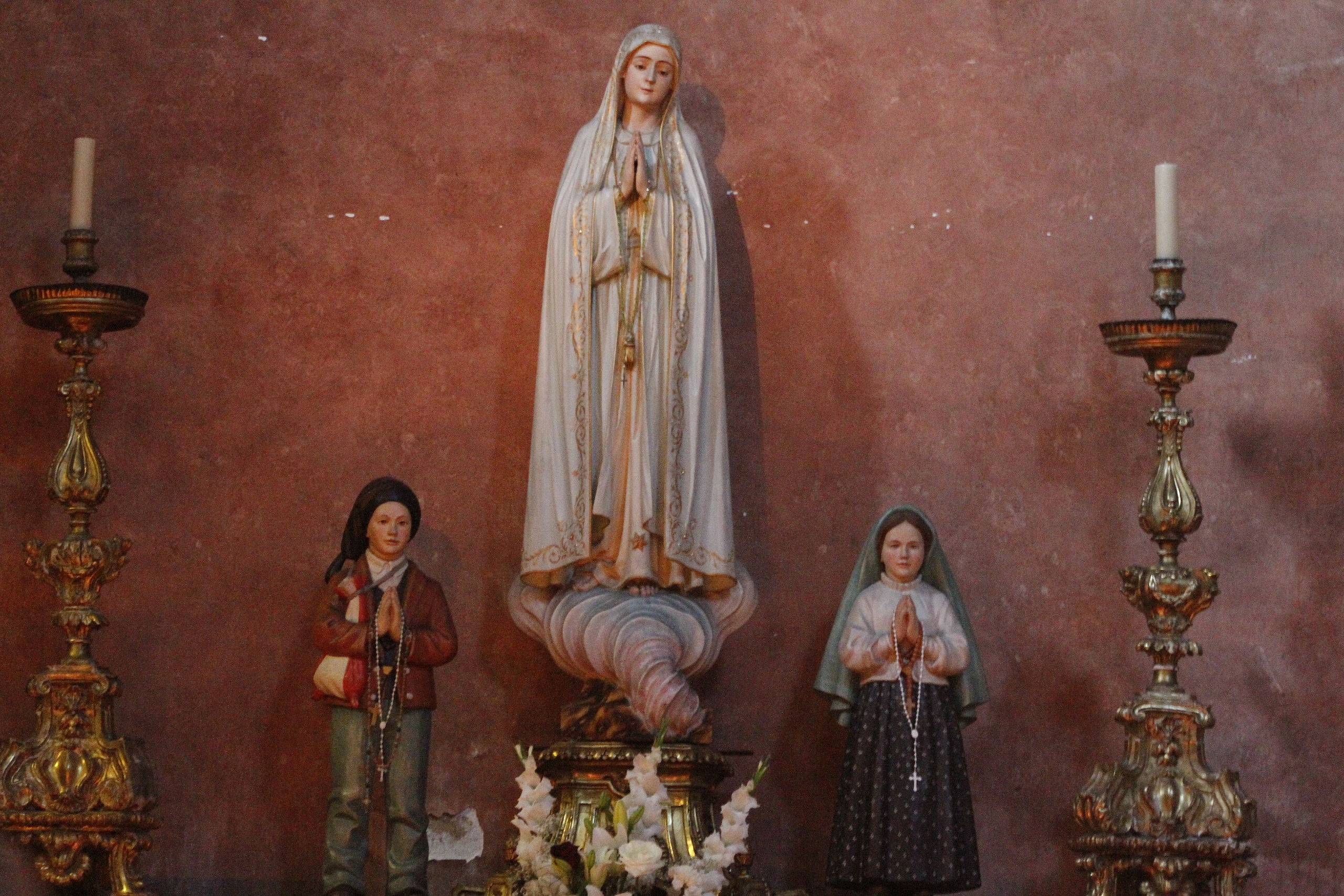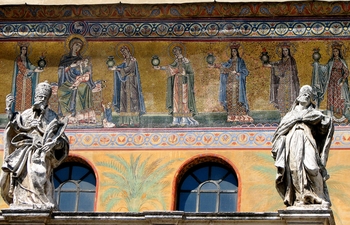 One of the darker passages in Scripture comes just after the fall of Adam and Eve. Announcing the consequences that they have ushered in, God says to Eve,
One of the darker passages in Scripture comes just after the fall of Adam and Eve. Announcing the consequences that they have ushered in, God says to Eve,
I will intensify the pangs of your childbearing; in pain shall you bring forth children; yet your urge shall be for your husband, and he shall be your master (Gen 3:16).
The Hebrew word מָשַׁל (mashal) means “to have dominion, reign, or ruling power over another.” The New Jerusalem Bible (the most widely used Catholic Bible outside the U.S.) translates this final phrase this way: and he will dominate you.
While the text is not absolutely clear, the mastery or dominance spoken of in Genesis does not seem to refer to benign headship by the husband, but rather a relationship marked by tension and easily open to abuse.
The Catechism of the Catholic Church contains the following commentary on this topic:
The harmony in which they had found themselves, thanks to original justice, is now destroyed: the control of the soul’s spiritual faculties over the body is shattered; the union of man and woman becomes subject to tensions, their relations henceforth marked by lust and domination (CCC # 400).
Every man experiences evil around him and within himself. This experience makes itself felt in the relationships between man and woman. Their union has always been threatened by discord, a spirit of domination, infidelity, jealousy, and conflicts that can escalate into hatred and separation. This disorder can manifest itself more or less acutely, and can be more or less overcome according to the circumstances of cultures, eras, and individuals, but it does seem to have a universal character (CCC # 1606).
According to faith the disorder we notice so painfully does not stem from the nature of man and woman, nor from the nature of their relations, but from sin. As a break with God, the first sin had for its first consequence the rupture of the original communion between man and woman. Their relations were distorted by mutual recriminations; their mutual attraction, the Creator’s own gift, changed into a relationship of domination and lust … Nevertheless, the order of creation persists, though seriously disturbed. To heal the wounds of sin, man and woman need the help of the grace that God in his infinite mercy never refuses them (CCC #1607-1608).
In calling Genesis 3:16 a dark passage I merely call to attention to the concern of some that God seems to approve of this domination, that abuse and exploitation by men is meant to be women’s lot, by God’s will.
I do not agree with this interpretation; not everything reported or described in the Bible is approved. Eve’s experience is the result of Original Sin and the poisonous climate it introduced. While God reports the effect and even connects himself to it by way of primary causality, He spends the rest of Scripture addressing and healing the sin and its effects.
Thus, the thought that this passage gives even tacit approval to the abuse of women cannot stand. Some in the past may have invoked it to excuse abusive behavior, and most of the criticism of the passage is based on the possibility of such a misinterpretation.
That said, I have seen the passage strangely and sadly fulfilled in a small number of women I have counseled who suffer from physical and/or emotional abuse by husbands or boyfriends yet remain with them or repeatedly return to them. In this, there is a kind of fulfillment of the text that a woman’s desire will be for her man, but he will (abusively) dominate her. (There are, of course, many other potential factors such as low self-esteem, poor family role models, and financial pressures.)
There is a fine line between passion and anger, between a man who is a virile go-getter and one who turns on a dime to rage and abuse. Powerful men are attractive to some women, but some powerful men are also overly aggressive and hot-tempered. Their strength and their struggle are closely related. Many women know this intuitively, even if they have not consciously worked it all out. What they like in their man is closely related to what they hate and/or suffer from.
So, I am not so sure that every woman who returns to an abuser is simply lacking in self- esteem or is trapped in some way. Some return knowing exactly what they are doing, despite counsel to the contrary; their reasons are caught up in the complicated intersections described above.
I am not reporting this behavior with approval. I am simply observing it and trying to understand it. Like most of you, I would counsel a woman who is being physically abused to stay away unless and until the man has received help to ensure an end to his sinful behavior. Some women in such situations do not, however, and I cannot merely write them off as foolish for it.
Let us be clear: whatever the choice of the woman, to remain or to leave, the one who abuses is guilty of a great sin that the Scriptures cannot interpreted as approving in any way whatsoever.
All of this reminds me of a popular but dark song from 1978, when I was in high school: Jackson Browne’s “You Love the Thunder.” My interpretation of the lyrics is that the man singing is telling the woman that she likes his anger (thunder) and abuse (rain) because they’re worth it given what else he brings.
I remember being quite alarmed by the words and troubled that no one else seemed bothered. (I was and still am very attuned to lyrics, but most of my high school peers never seemed to pay much attention to them; they just liked the melodies.) The lyrics seem at best arrogant and at worst a celebration of anger and abuse.
Consider the darkness of these lyrics:
You love the thunder and you love the rain
What you see revealed within the anger is worth the pain
And before the lightning fades and you surrender
You’ve got a second to look at the dark side of the man
You love the thunder, you love the rain
You know your hunger, like you know your name
I know you wonder how you ever came
To be a woman in love with a man in search of the flame
Draw the shades and light the fire
For the night, it holds you and it calls your name
And just like your lover knows your desire
And the crazy longing that time will never tame …
These lyrics point to those sad words of Genesis: “… your urge shall be for your husband, and he shall be your master,” but the song points to a Genesis 3:16 that is frozen in time, having made no progress out of the climate of sin. Jesus came to heal that and to restore God’s original plan for marriage in which a man clings to his wife in love and out of delight says, “She is bone of my bone and flesh of my flesh.” Loving the “thunder” and “rain” is not the way forward but the way backward.
So, no, God does not approve or affirm the abuse of women—or of men, for that matter. God points to it and then sets about healing it.
Cross-posted at the Catholic Standard: Does God Approve the Abuse of Women?





